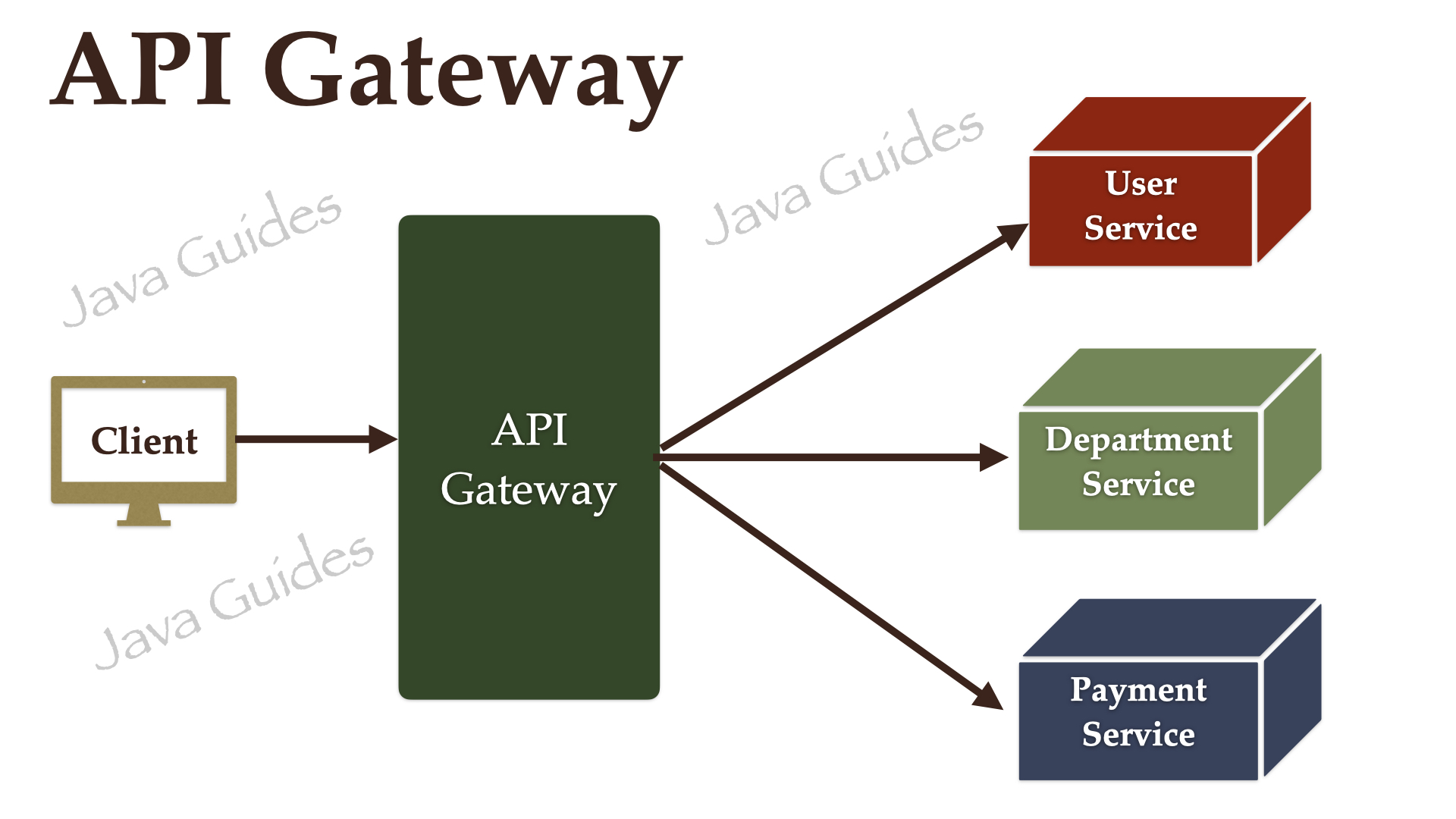Spring Cloud is a suite of tools that are used to build distributed systems and microservices with Spring Boot. It provides solutions to many common problems faced when building distributed systems, such as configuration management, service discovery, circuit breakers, intelligent routing, and distributed tracing. If you're preparing for a job interview that involves Spring Cloud, it's important to understand its key concepts and components. Here are commonly asked Spring Cloud interview questions to help you prepare.
1. What is Spring Cloud?
Spring Cloud provides developers with tools to quickly build some of the common patterns in distributed systems or Microservices projects.
For example, common patterns such as configuration management, service discovery, circuit breakers, intelligent routing, micro-proxy, control bus, one-time tokens, global locks, leadership election, distributed sessions, and cluster state.
Spring Cloud provides various tools or modules for developers to build common design patterns to solve different infrastructural concerns in Microservices projects and focus on their main business problems.Watch my YouTube video to understand Spring Cloud:
2. Explain Spring Cloud Features?
- Distributed/versioned configuration
- Service registration and discovery
- Routing
- Service-to-service calls
- Load balancing
- Circuit Breakers
- Distributed messaging
- API Gateway
- Distributed tracing
3. Explain the Service Registry and Discovery
4. Explain API Gateway
Check out the complete example: Spring Boot Microservices - Spring Cloud API Gateway.
Watch my YouTube video to understand how API Gateway works:
5. How to Implement API Gateway using Spring Cloud?
Spring Cloud provides a Spring Cloud Gateway library for building an API Gateway on top of Spring WebFlux. Spring Cloud Gateway aims to provide a simple yet effective way to route to APIs and provide cross-cutting concerns to them, such as security, monitoring/metrics, and resiliency.Reference official page: Spring Cloud Gateway
6. What is Spring Cloud Config Server?
This Spring Cloud Config Server module is used to externalize the configuration of our microservices into a centralized place.If there are any changes in the configuration, our applications should be updated without the need to restart them.
There are many options for implementing this Centralized Configuration, such as Using a Git Repository or HashiCorp Consul.
7. What is Spring Cloud Circuit Breaker?
Inter-service Communication is common in the Microservice architecture, if one of the services is down, the other service which is communicating with it should be able to handle this failure gracefully.
Spring Cloud provides a Spring Cloud Circuit Breaker module to implement the Circuit Breaker pattern in the Microservices project.
Spring Cloud Circuit Breaker provides abstraction across different circuit breaker implementations. It provides a consistent API for your applications, allowing you, the developer, to choose the circuit breaker implementation that best fits your app's needs.
Supported Implementations
- Resilience4J
- Spring Retry
8. What is Spring Cloud Bus?
This module contains a lightweight message broker implementation, which is mainly used to broadcast some messages to other services.
Refer to the official page to learn more about Spring Cloud Bus.
9. What is Spring Cloud Sleuth?
Spring Cloud Sleuth provides Spring Boot auto-configuration for distributed tracing.
In Microservice Architecture, if there is any error, it’s hard to debug and trace it; Spring Cloud Sleuth provides us with the functionality to trace the inter-service calls.
Refer to the official page for more information: Spring Cloud Sleuth.
10. What is Spring Cloud Stream?
This module mainly allows us to implement asynchronous communication between our microservices using event-driven architecture.
We can use Apache Kafka or RabbitMQ as a message broker to implement event-driven microservices.
Refer to the official page to learn more about Spring Cloud Stream.
11. What is Spring Cloud OpenFeign?
Feign is a declarative web service client. It makes writing web service clients easier.To use Feign, create an interface and annotate it. It supports pluggable annotations, including Feign annotations and JAX-RS annotations.
Feign also supports pluggable encoders and decoders. Spring Cloud adds support for Spring MVC annotations and for using the same HttpMessageConverters used by default in Spring Web.
Spring Cloud integrates Eureka, as well as Spring Cloud LoadBalancer to provide a load-balanced HTTP client when using Feign.
Check out the complete example: Spring Cloud OpenFeign.
12. Name Some of the Commonly used Spring Cloud annotations?
- @EnableCircuitBreaker
- @EnableConfigServer
- @EnableEurekaServer
- @EnableFeignClients
- @FeignClient(name=”ApplicationName”)
- @RateLimiter
- @Retry
- @CircuitBreaker
- @Bulkhead
- @Timelimiter
13. Name Commonly Used Spring Cloud Modules to Build Microservices Projects?
- Spring Cloud Config
- Spring Cloud Circuit Breaker
- Spring Cloud Gateway
- Spring Cloud Stream
- Spring Cloud Sleuth
- Spring Cloud Bus
- Spring Cloud OpenFeign
- Spring Cloud Security
Check out all Spring Cloud modules: https://spring.io/projects/spring-cloud.
Conclusion
Spring Cloud provides a comprehensive set of tools for building resilient, scalable, and manageable microservices. Understanding its key components and how they work is crucial for any developer working with distributed systems. This blog post covered some of the most commonly asked Spring Cloud interview questions, helping you prepare effectively for your next interview. By mastering these concepts, you will be well-equipped to tackle any Spring Cloud-related challenges you may encounter.


Comments
Post a Comment
Leave Comment